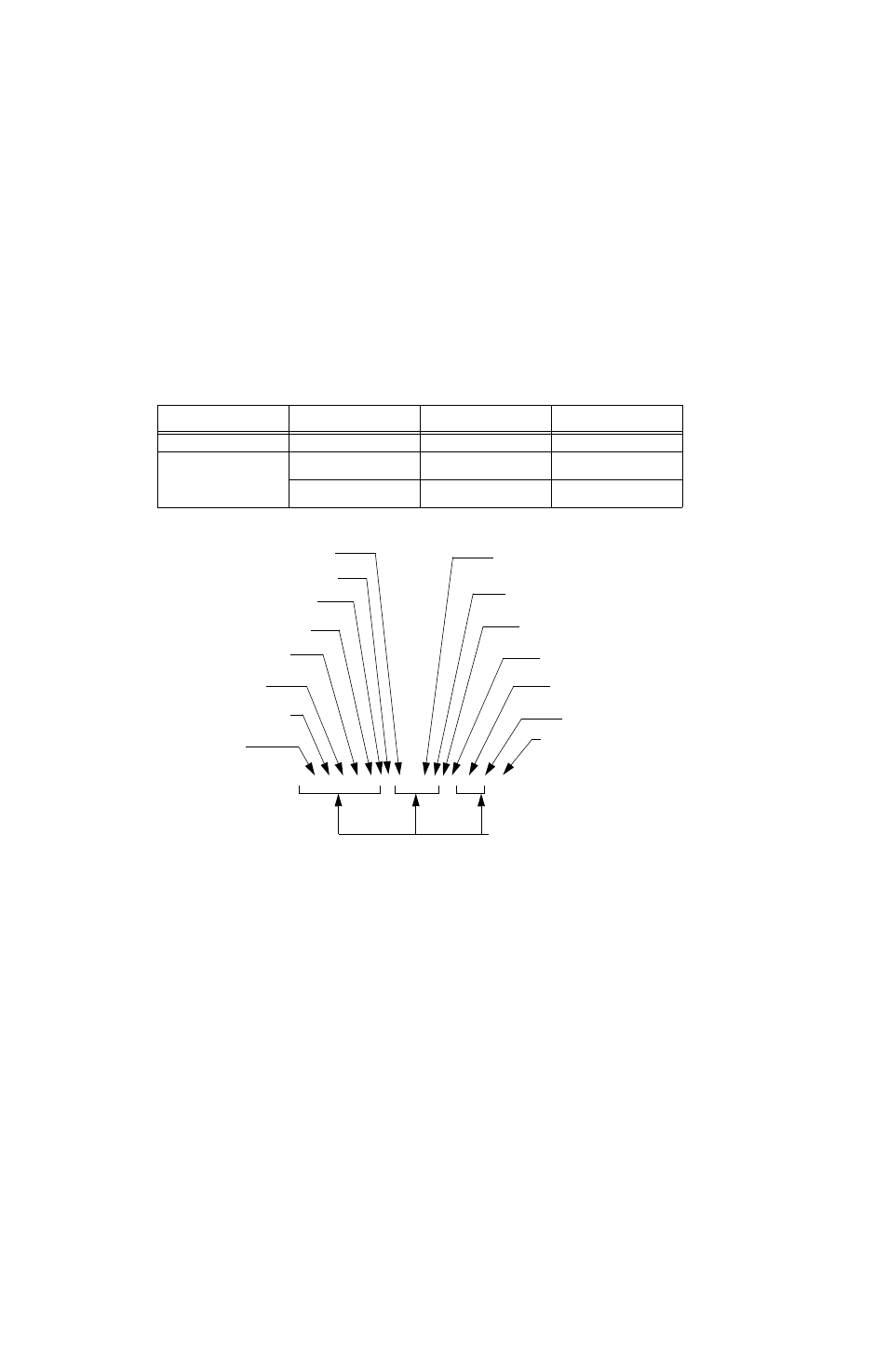Table 6-1. rules governing shortform keywords, Figure 6-1. message structure, 2 keyword separator – KEPCO KLP Series Developers Guide, Rev 3 User Manual
Page 84: 3 query indicator

6-4
KLP-DEV 041213
IMMediate, EVENt, and OUTPut). The parser, however, is not sensitive to case (e.g., outp,
OutP, OUTPUt, ouTPut, or OUTp are all valid).
FIGURE 6-1. MESSAGE STRUCTURE
6.5.2
KEYWORD SEPARATOR
If a command has two or more keywords, adjacent keywords must be separated by a colon (:)
which acts as the keyword separator (e.g., CURR:LEV:TRIG). The colon can also act as a root
specifier (paragraph 6.5.7).
6.5.3
QUERY INDICATOR
The question mark (?) following a keyword is a query indicator. This changes the command into
a query. If there is more than one keyword in the command, the query indicator follows the last
keyword. (e.g., VOLT? and MEAS:CURR?).
TABLE 6-1. RULES GOVERNING SHORTFORM KEYWORDS
IF NUMBER OF LETTERS IN
LONGFORM KEYWORD IS:
AND FOURTH LETTER
IS A VOWEL?
THEN SHORT FORM
CONSISTS OF:
EXAMPLES
4 OR FEWER
(DOES NOT MATTER)
ALL LONG FORM LETTERS
MODE
5 OR MORE
NO
THE FIRST FOUR
LONG FORM LETTERS
MEASure, OUTPut, EVENt
YES
THE FIRST THREE
LONG FORM LETTERS
LEVel, IMMediate, ERRor
CURR:LEV 3.5;:OUTP ON;:CURR?
MESSAGE TERMINATOR
KEYWORD
QUERY INDICATOR
ROOT SPECIFIER
MESSAGE UNIT SEPARATOR
DATA
KEYWORD
KEYWORD
KEYWORD SEPARATOR
KEYWORD
MESSAGE UNIT SEPARATOR
DATA
MESSAGE UNIT
DATA SEPARATOR
DATA SEPARATOR
ROOT SPECIFIER
